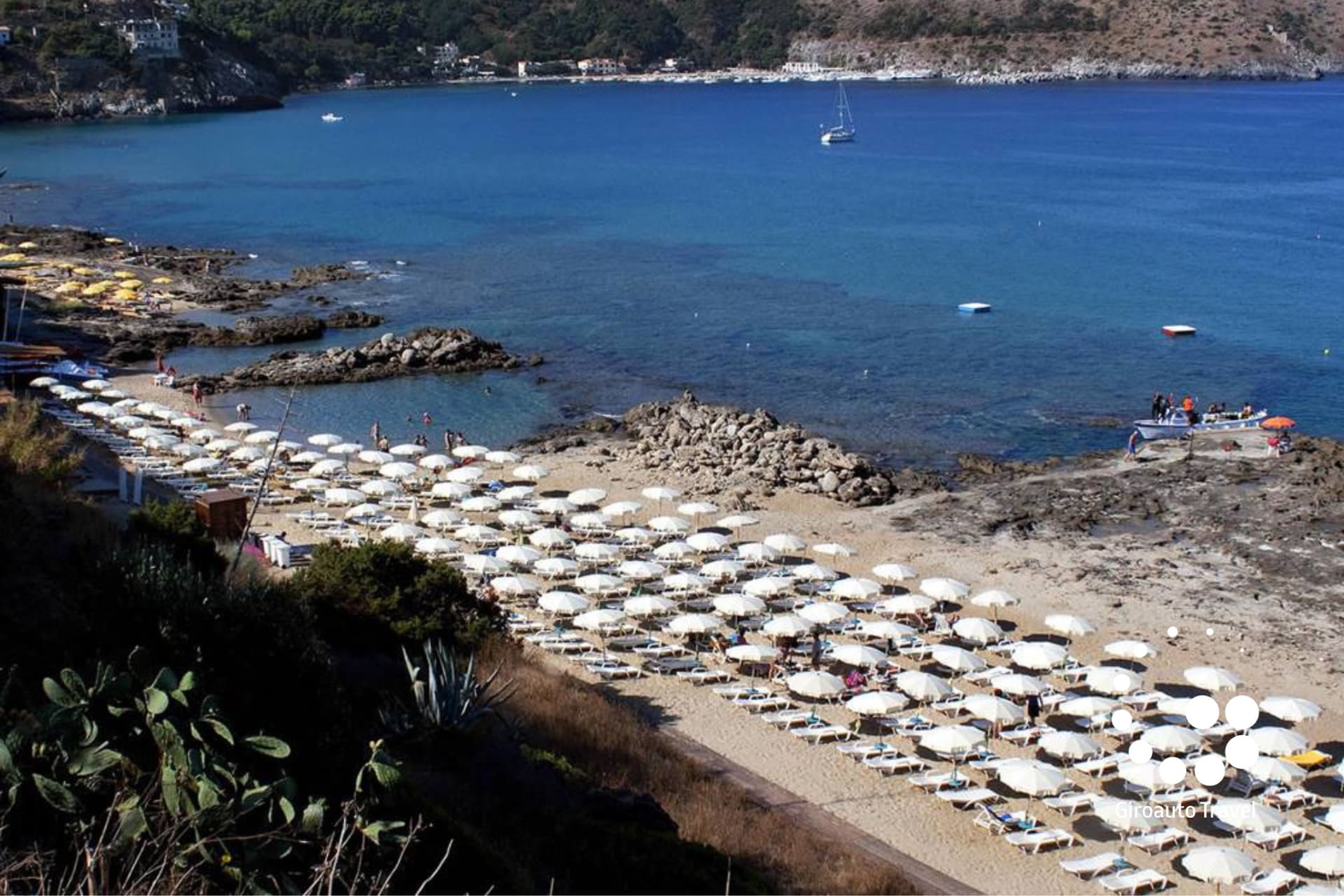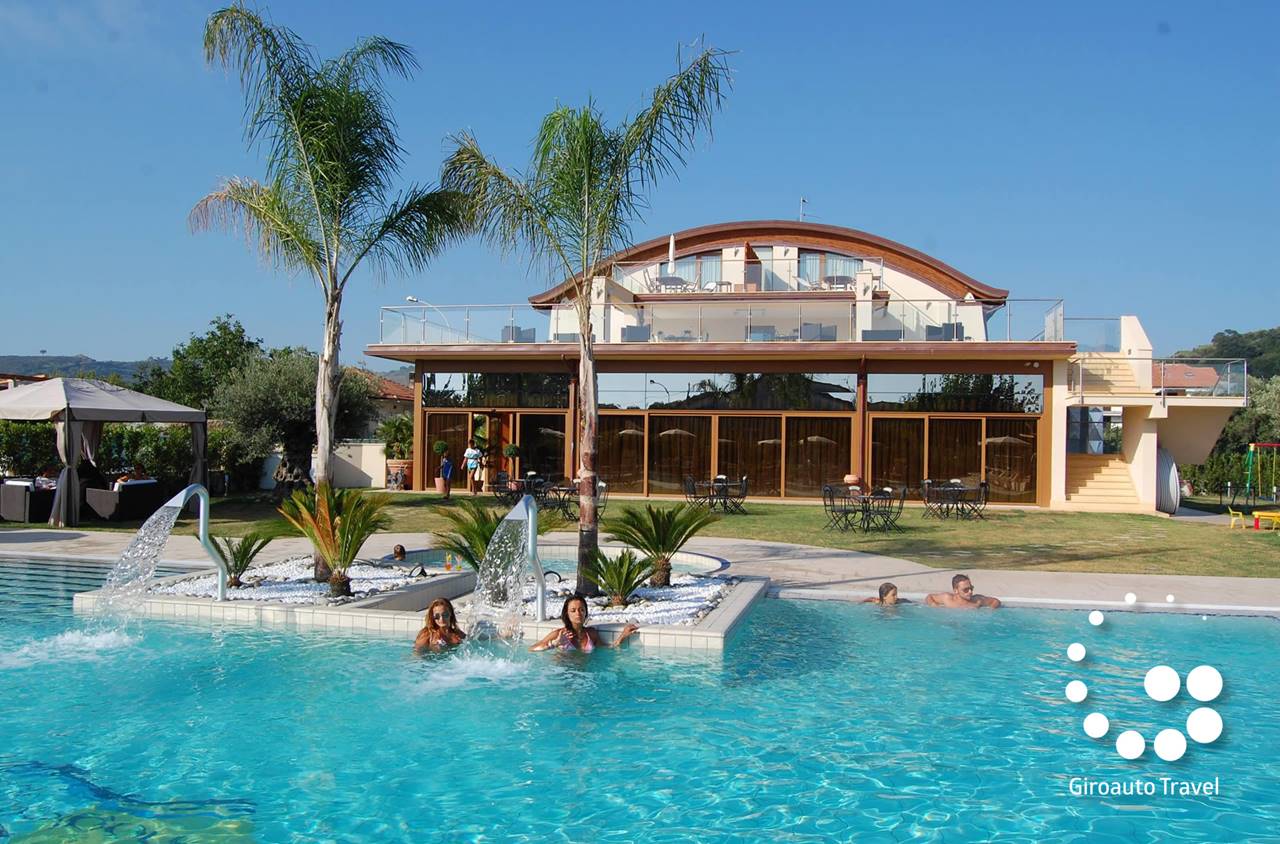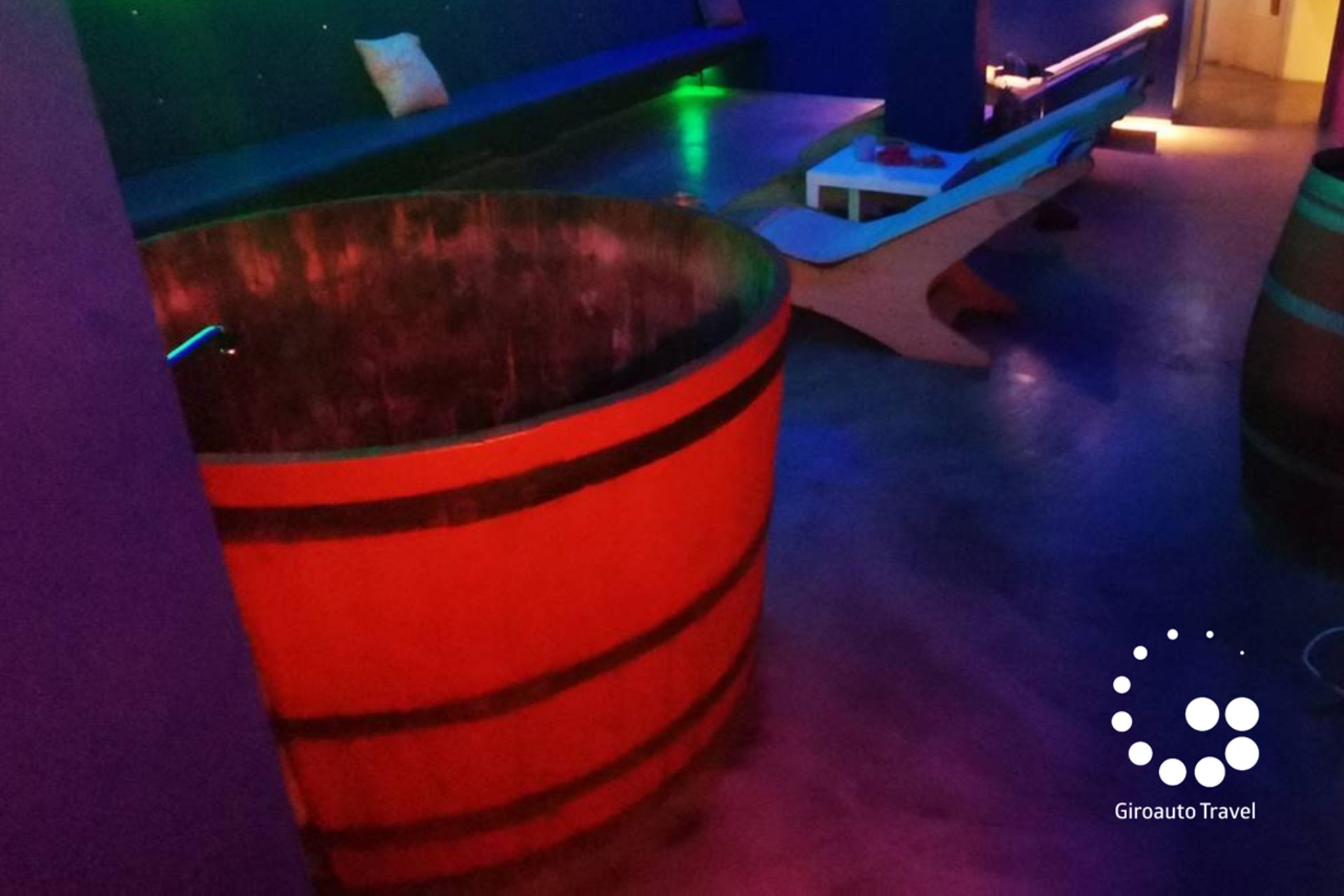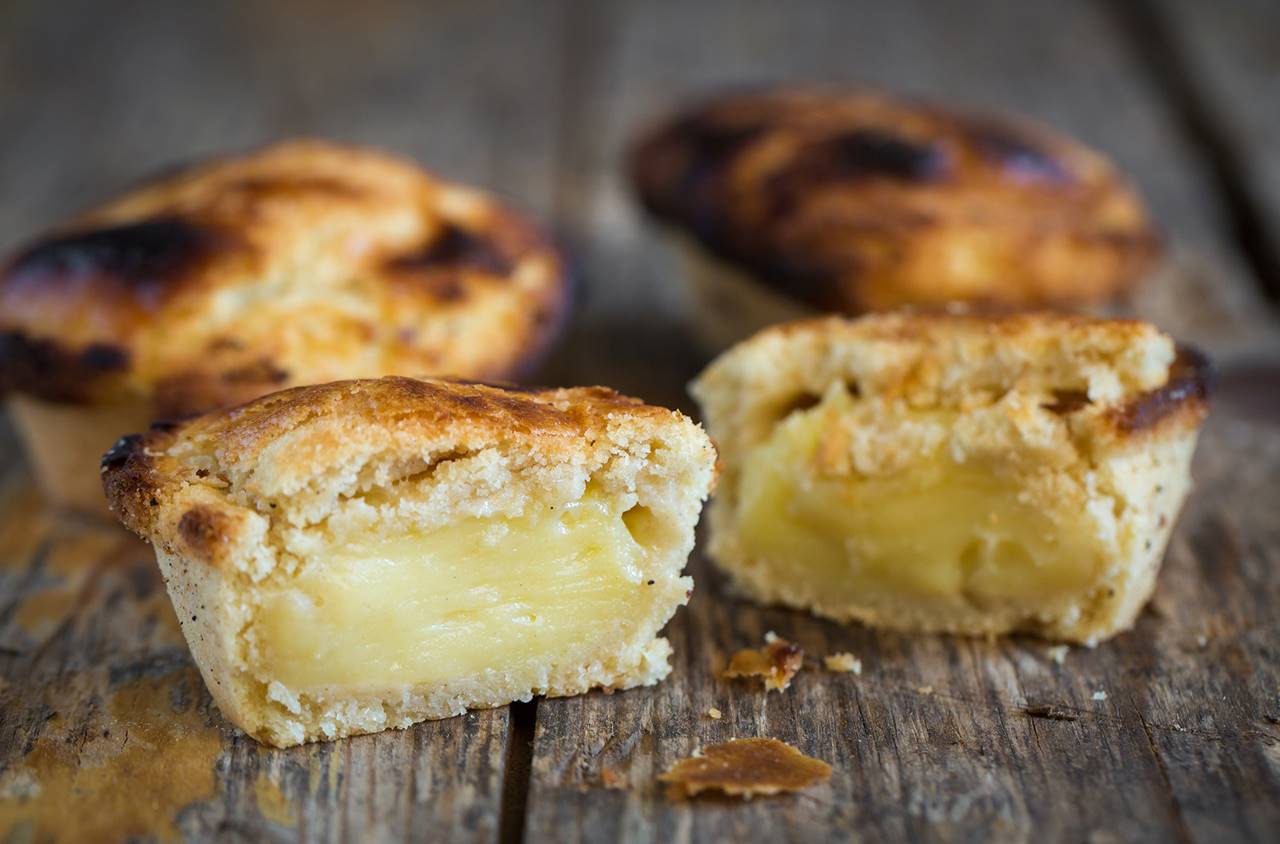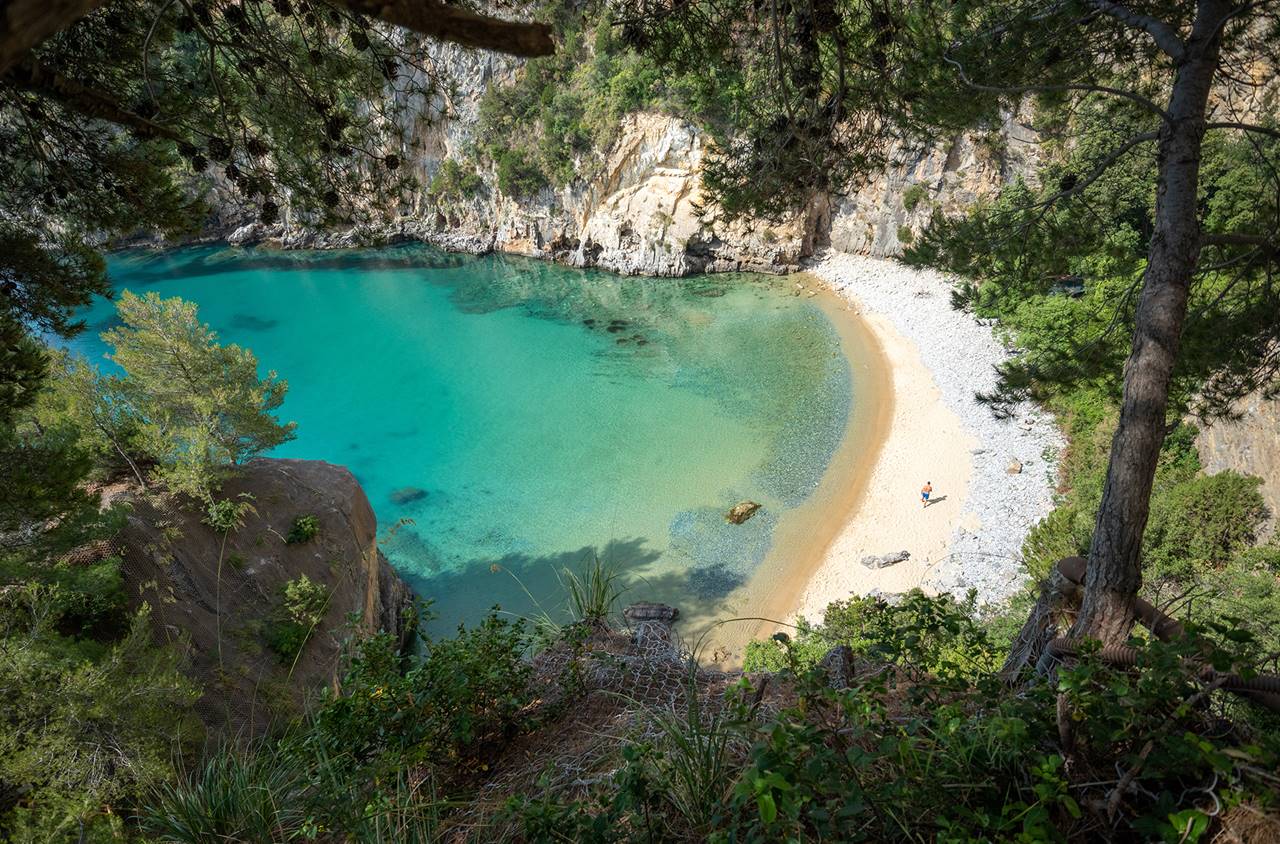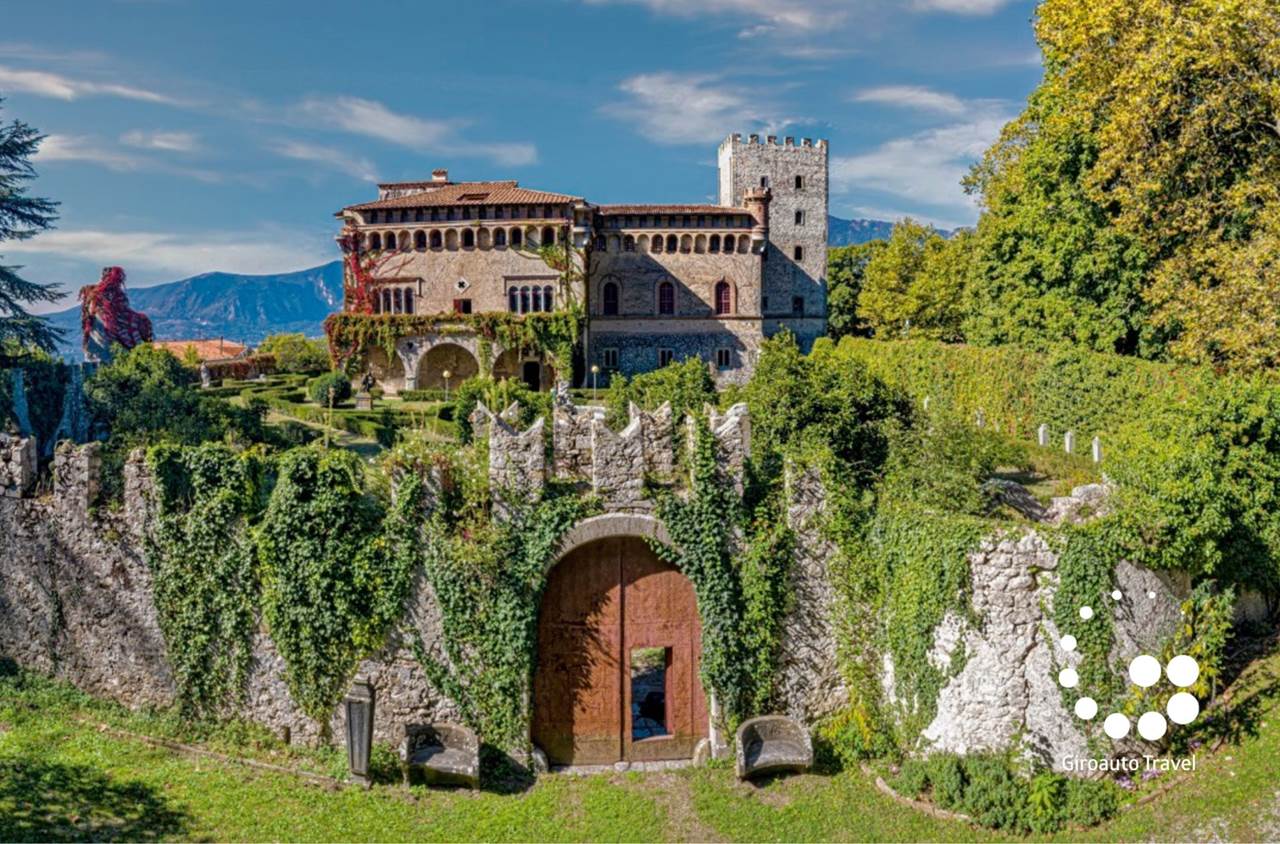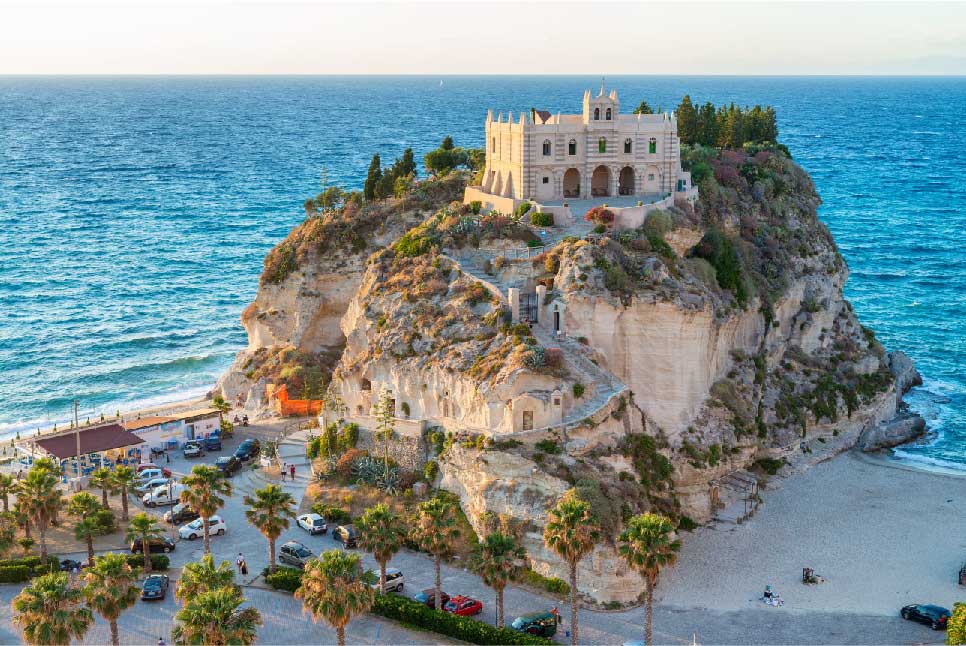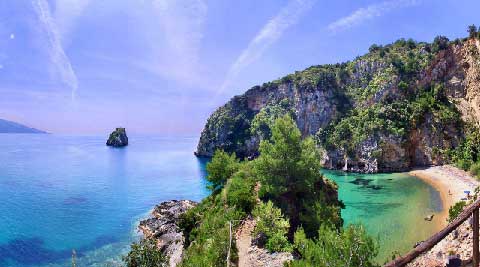Cetara > Stone Barge > Punta Fuenti
(hilly route: 1h)
This route starts from the pitch next to the cemetery and follows the road parallel to the state road. Continue in the direction of Vietri sul Mare, away from the traffic and in an absolute quiet, enjoying a path not contaminated by the tourist bustle. The first stretch is in the area called Pietrachiatta, surrounded by typical crops, organized on the characteristic terraces. Lemon groves, olive groves and vineyards alternate quickly; the pergolas often overlook the road. here is exploited every meter of soil and under the trees you can see the typical vegetables and vegetables of the various seasons. The second half of the route crosses the locality of Fuenti, a hamlet of Cetara, and proceeds slightly downhill, until going to join the state road.
Cetara > Cava Abbey > Iaconti
(mountain route: 6.5 h)
For lovers of the most demanding walks (for duration and elevation gain, but not for difficulty) this route follows the route that once connected Cetara with the Badia della SS. Trinità di Cava de' Tirreni. When the current roads did not exist, this route was the only way to exchange goods. Go up a ridge that leads to the side of Mount Falerio (the highest of Cetara), up to an old chapel. From here the path loses its slope and through the coolness of the woods leads to the Badia. The visit is recommended both for the beauty of the place and for the treasures collected in the museum. To introduce a variant in the return to Cetara you can go through Padovani and Iaconti, hamlets of Vietri sul Mare. You still meet woods until you come to a chapel more new than the previous, Dalal which enjoys a magnificent view. Going back through the old chapel you go back along the way you already walked.
Cetara > Avvocata > Viesco plateau
(mountain route: 6 h)
Follow the road of the previous path to the old chapel; from here proceed to the right, just below the ridge of the promontory that ends with Capo d'Orso. An abundant hour is enough to reach the Sanctuary of the Avvocata, destination of pilgrimages to which most of the local populations participate. The view of the gulf, from Punta Licosa to Capri, rewards the effort. In the rock wall below the church there are two caves: the first, Cave of the Apparitions, contains an altar for sacred functions; the second is characterized by the shape of the stalactites that give it the name of Grotta delle Soppressate. The way back passes through the ridge above Capo d'Orso, continues through the Vallone S. Nicola and passes the Piano di Viesco. A long staircase leads back to the village of Cetara.
Cetara > Viesco Plateau > Erchie
(mountain route: 5 h)
A staircase that starts in the upper part of Cetara in via Turillo, leads to the mountains and allows you to admire the beautiful landscape that varies as you climb. You pass from the town to the cultivated areas, passing through ancient terraces and then through the woods to the Mediterranean plateau. Some ruins, witnesses of past productive activities, complete the landscape. After passing the Piano di Viesco, the path leads to the Vallone S. Nicola; pass a stream and descend along the valley. The last section is characterized by the ruins of an ancient convent named after S. Nicola Carbonario and the remains of a pipeline that served to bring rainwater to the valley. You arrive at the main road near Erchie and from here walking back to Cetara.
Download the map of excursions in pdf
Map of excursions in pdf













